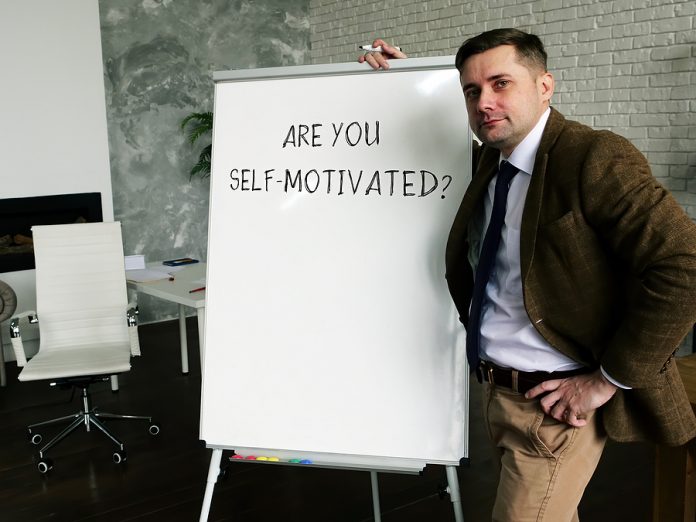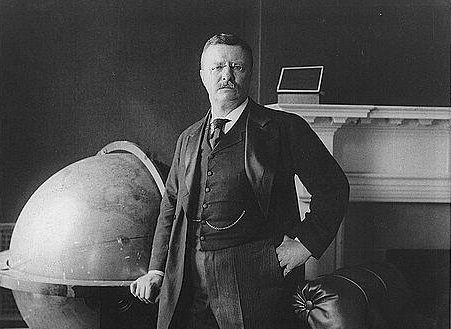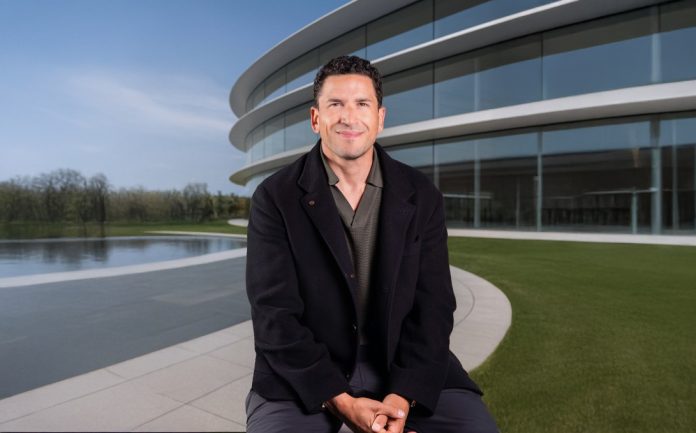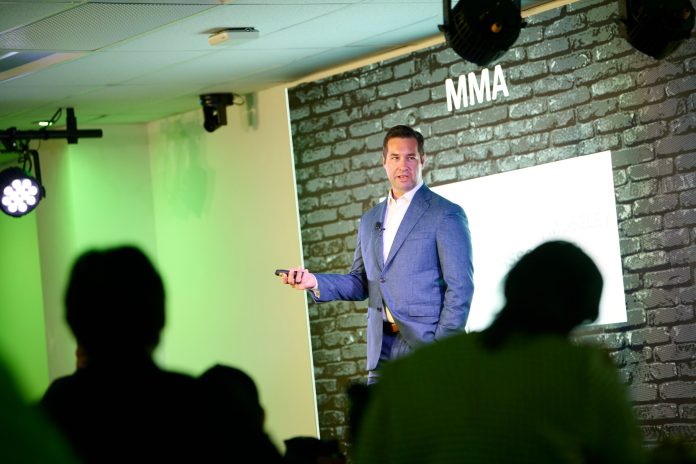By Adam Dohler, Senior Vice President of Capital Markets, Phoenix Energy
Every week, I speak to dozens of people—current investors, prospective investors, and those just curious about how we operate at Phoenix Energy. And almost every conversation starts the same way: “Adam, how does Phoenix Energy generate the returns it uses to pay bondholders?”
That’s a fair question. I’ve spent close to two decades on Wall Street desks analyzing bond offerings from companies large and small, so I understand what investors want to know..
I’ll walk you through the questions I get most often: Who is Phoenix Energy? What does Phoenix Energy do? And how do Phoenix Energy bonds work? These are the fundamentals every investor deserves to understand before making any decisions. This is the same information we cover during our investor webinars, which are designed to provide a clear overview of how Phoenix Energy operates and how we’ve positioned our business to support our bondholders.*
*Investors have historically received either simple interest whereby they receive monthly interest payments or compounded interest where interest is added to the outstanding principal on a monthly basis. Past performance is not indicative of future results.
Who Is Phoenix Energy?
Phoenix Energy is a private, family-founded oil and gas company. We’re not controlled by Wall Street firms or other big institutions. We built the company from the ground up, and today we operate in some of the most prolific basins in North America with a special focus on the Williston Basin in North Dakota and Montana.
With several offices across the U.S. and a team of over 154 full-time employees, we drill our own wells, manage our own operations, and acquire assets that deliver near-term, high-quality cash flow. As of December 2024, Phoenix Energy was the 11th largest oil producer in North Dakota—a notable achievement for a privately-owned firm that began in 2019.
What Does Phoenix Energy Do? Our Multi-Segment Strategy Explained
At Phoenix Energy, we’ve intentionally built a multi-segment operating model that allows us to remain flexible, opportunistic, and equipped to navigate an industry that is anything but predictable. Unlike most energy companies that specialize in just one aspect of the upstream oil and gas business, we deliberately participate across three key segments—each with its own risk profile, return timeline, and operational intensity.
Why do we do it this way? Because having access to multiple levers—royalty interests, non-operated working interests, and fully operated wells—gives us the ability to adapt and allocate capital where the returns are strongest. It also helps us mitigate against volatility in the sector. When prices, regulatory environments, or operational timelines shift in one segment, we can lean more heavily into another. This multi-pronged approach not only creates durability in our business model but also enhances our ability to meet our investor obligations and long-term goals.
Here’s how it breaks down:
- Royalty Interests: We own the mineral rights. Other companies do the drilling. We receive monthly royalty checks when oil and gas is sold by the third-party operator—completely passive income.
- Non-Operated Working Interests: Here, we co-invest in wells alongside operators like Occidental or Kraken. We don’t run the operations, but we put capital in and receive a proportionate share of the revenue based on our interests in the well—again, without having to manage the project, this is largely passive income too.
- Operated Wells (Phoenix Operating): This is our most hands-on division. We acquire the mineral rights, plan and drill the wells, and sell the oil and gas ourselves. This part of our business has grown rapidly, thanks in part to the data we’ve gathered from our non-op partners and a proprietary underwriting technology we have developed. By controlling the entire lifecycle—from acquisition to production—we gain full transparency and decision-making power, allowing us to capture more of the economics and improve operational efficiency.
Each of these segments offers distinct advantages—and when combined under one roof, they give us the flexibility to pursue the most economically viable path at any given moment. That’s the essence of our strategy: adaptiveness backed by technical rigor. Because when you can see the full picture—and you’re not restricted to just one approach—you make better decisions for your business, and for your investors.
This diversified strategy doesn’t eliminate risk, but it helps us balance and manage it effectively. And in this industry, that’s one of the biggest competitive advantages you can have.
We’ve built an internal (or “a proprietary”) software platform that allows us to identify, analyze and underwrite oil and gas mineral rights with increased precision. It’s not dissimilar to how platforms like Zillow estimate home values, but tailored to oil-rich acreage.
This system helps us identify mineral rights and well locations that meet our criteria for near-term, cash-generating potential. We don’t pursue speculative opportunities. We look for mineral assets where we expect to recover our capital within 12 to 24 months and generate positive cash flow thereafter.
How Do Phoenix Energy Bonds Work? Understanding Our Bond Offerings
One of the ways Phoenix Energy operates differently is by raising capital directly from investors. This means we are able to avoid layers of fees and provide our investors with direct access to our in-house professionals that are registered representatives of Dalmore Group, LLC a registered broker-dealer and member of FINRA/SIPC.
For several years, Phoenix Energy has offered bonds under Section 506(c) of Regulation D to accredited investors, with annual interest rates ranging from 9-13%, depending on investment amount and term length.* These offerings remain active and continue to fund key aspects of the company’s drilling and production efforts.
In May 2025, Phoenix Energy expanded its offering of debt securities through a Registered Offering, available to investors in select states including Florida, Colorado, and Nevada. This offering does not require an investor to meet the SEC definition of accredited, although certain financial suitability standards must still be met. Investors in both offerings are purchasing debt securities issued by Phoenix Energy — not direct interests in oil and gas assets — and all investments carry risk.
Before investing, all participants must review the applicable offering documentation and other materials about Phoenix Energy that can be obtained for free on Edgar on the SEC’s website at www.sec.gov or can be obtained directly from Phoenix Energy.
Phoenix Energy has grown significantly in the past few years, supported by direct investment from individuals who believe in our mission and business model. This is not a startup. We’ve raised over $1 billion in capital and built a team and platform that we believe can support the company’s long-term goals and obligations to its investors.
*Investors have historically received either simple interest whereby they receive monthly interest payments or compounded interest where interest is added to the outstanding principal on a monthly basis. Past performance is not indicative of future results.
Real Conversations. Real Investors
At Phoenix Energy, we’ve prioritized building personal relationships with investors. In fact, someone on our team has spoken directly with nearly every one of the 5,500+ individuals who have invested with us to date.
If you’re looking to learn more about Phoenix Energy bonds and note offerings, you can download our offering documents from our website, review our SEC filings on Edgar, or join one of our live investor webinars at phoenixenergy.com/webinar. . We’d be happy to walk you through how Phoenix Energy debt securities work and answer any questions you may have.
We’re always happy to have a conversation.
Adam Dohler is the Senior Vice President of Capital Markets at Phoenix Energy. With over 20 years of experience on Wall Street bond trading desks, he now helps oversee the firm’s fixed-income strategies and investor relationships. He is licensed through Dalmore Group, LLC in all 50 states and speaks directly with investors daily.
Disclosure: Phoenix Energy One, LLC (“Phoenix Energy”) conducts offerings of debt securities pursuant to (i) the exemption from registration provided by Rule 506(c) of Regulation D and (ii) an effective registration statement (including a prospectus) filed with the Securities and Exchange Commission (the “SEC”) (the “Registered Offering”). Certain of Phoenix Energy’s non-executive personnel are licensed registered representatives of Dalmore Group, LLC. These registered representatives conduct securities business through Dalmore, a registered broker-dealer and member of FINRA/SIPC. Dalmore and Phoenix Energy are not affiliated entities. Participation in an offering is subject to certain criteria, including meeting financial suitability requirements. The securities offered are speculative, illiquid, and you may lose some or all of your investment. Before you invest, you should read the offering documentation for the relevant offering, including, with respect to the Registered Offering, the prospectus and the other documents Phoenix Energy has filed with the SEC, which you may get for free by visiting EDGAR on the SEC’s website at www.sec.gov. Alternatively, Phoenix Energy or Dalmore will arrange to send you any applicable offering documents you request. This communication does not constitute an offer to sell or the solicitation of an offer to buy any securities, and shall not constitute an offer, solicitation, or sale of any security, in any jurisdiction in which such offering, solicitation, or sale would be unlawful. See full disclosures.
This article contains forward-looking statements based on our current expectations, assumptions, and beliefs about future events and market conditions. These statements, identifiable by terms such as “anticipate,” “believe,” “intend,” “may,” “expect,” “plan,” “should,” and similar expressions, involve risks and uncertainties that could cause actual results to differ materially. Factors that may impact these outcomes include changes in market conditions, regulatory developments, operational performance, and other risks described in our filings with the U.S. Securities and Exchange Commission. Forward-looking statements are not guarantees of future performance, and Phoenix Energy undertakes no obligation to update them except as required by law.











